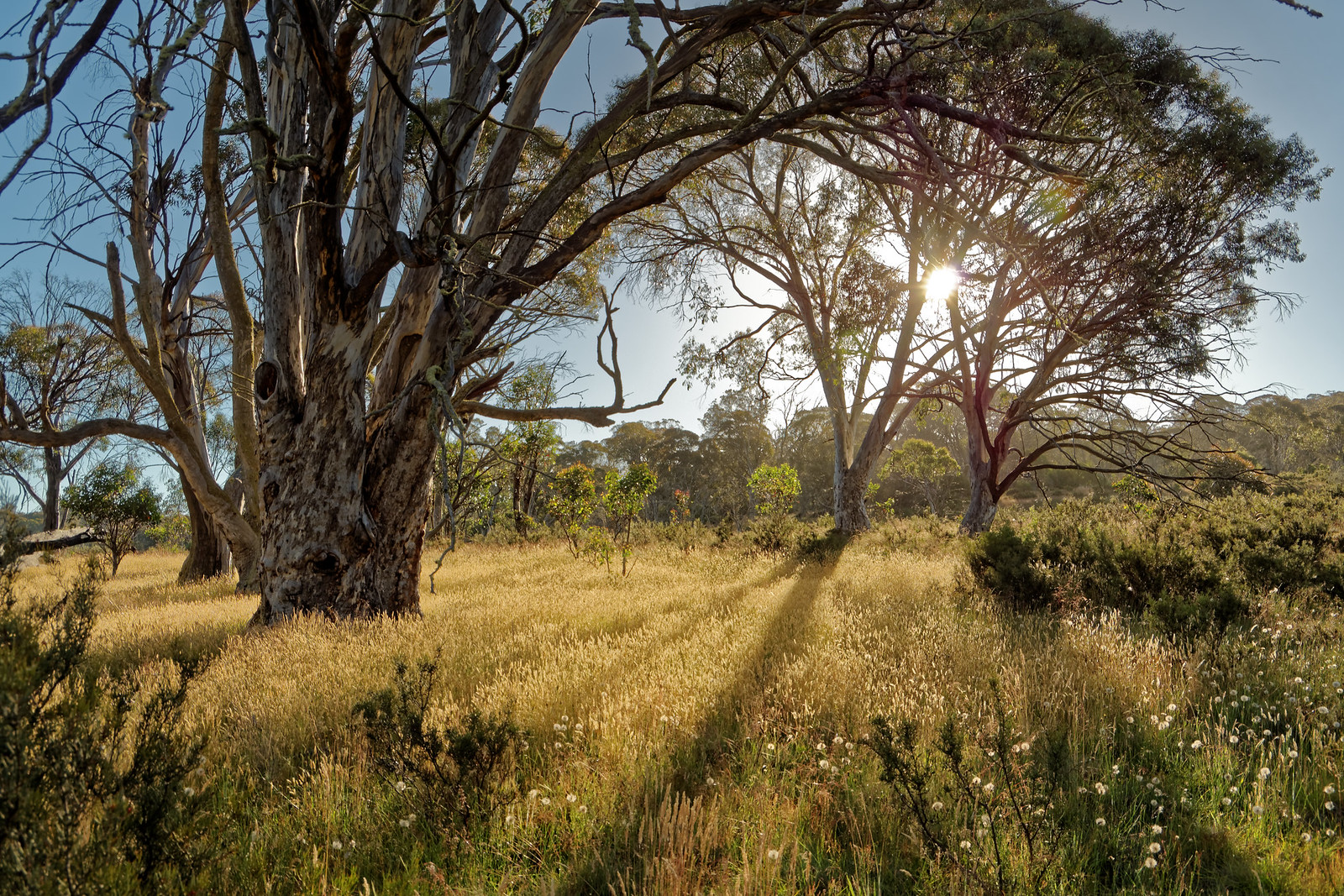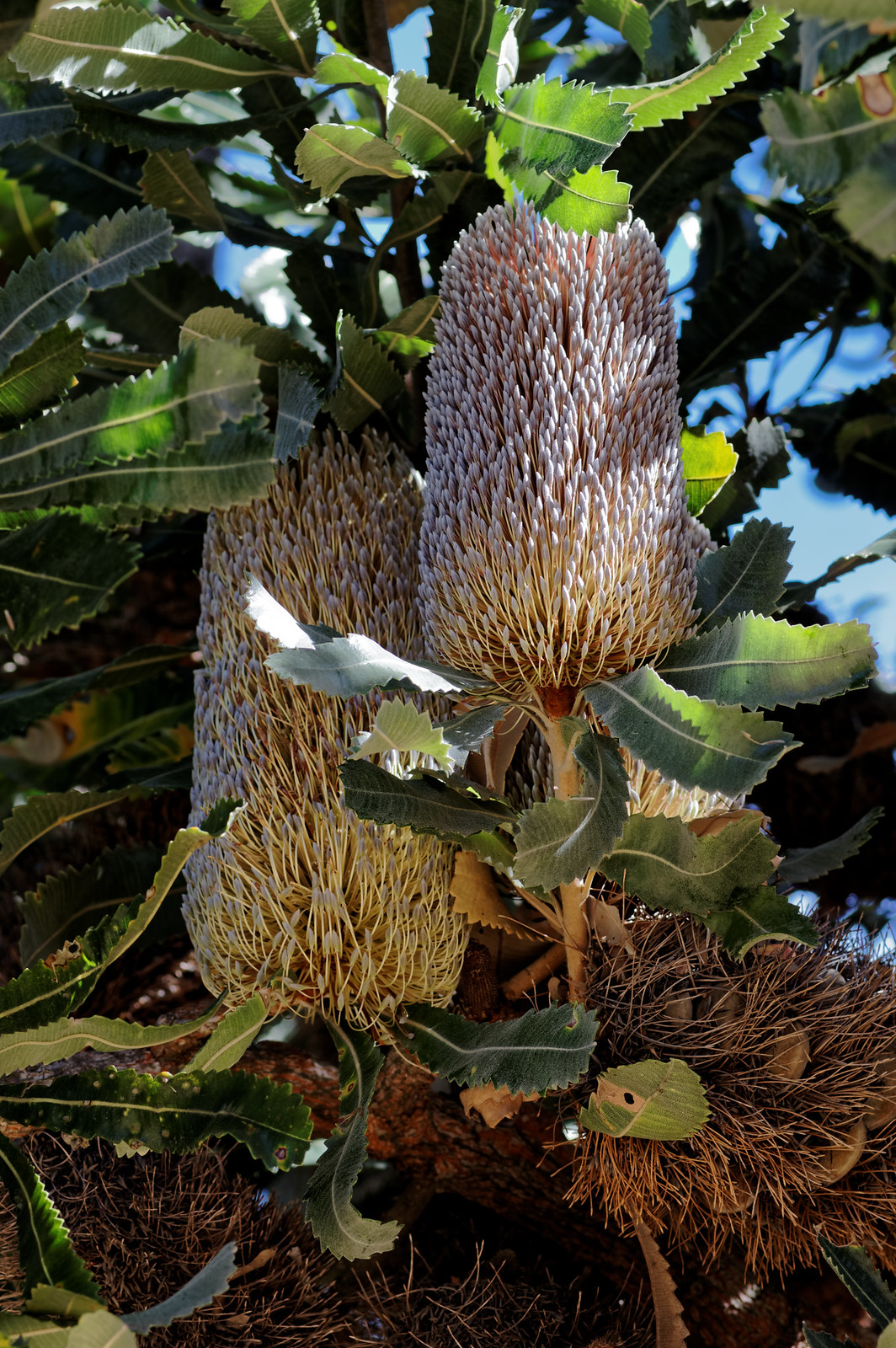Sharpness and the Appearance of sharpness.
See the test charts on these pages to see how your lesnses will performa t various focal lengths.
For the DA 55-300, probably not the same as yours but they are not so much different as far s I know.
Pentax SMC DA 55-300mm f/4-5.8 ED - Review / Test Report - Analysis
For the 18-135
Pentax SMC-DA 18-135mm f/3.5-5.6 ED AL [IF] WR - Review / Lens Test - Analysis
For the 100 macro
Pentax SMC-D FA 100mm f/2.8 macro - Review / Test Report - Analysis
The concept you may be lacking here is depth of field. For all the lenses mentioned their sweet spot is an Aperture of ƒ5.6
But that may not give you enough
Depth
of
Field to keep all of what you want sharp sharp. As you increase your Aperture the DoF. The distance between the closest point and furthest point in acceptable focus. So there are two ways to interpret sharp. One would be the sharpest possible part of an image.
The second would be everything in the picture is in focus. For that you need to use a much higher aperture. ƒ11, or ƒ16. Hence o a macro shot, you may want to use ƒ 16 just to keep more of your subject in focus.
Look at the 100 macro....

The lens records it's sharpest values a ƒ5.6
Taking a picture of a flower 2 feet away at ƒ5.6 the DoF will be a plane parallel to the camera lens .4 inches deep. AT ƒ 16 the DoF will be .8 inches deep. Hence going from ƒ5.6 to ƒ16 you have doubled your depth of field.
You can see looking at the chart above, at ƒ5.6 you
Line
Width /
Picture
Height (The number of paired lines you can discern on an image drops from 2194 to 1749, so the lens stopped down is capable for reproducing less fine detail. But the image can still look a lot sharper because more of the subject is in focus.
I often shoot multiple ƒ-stop because it is so hard to predict, with narrowing DoF what amount of DoF will look best.
Here are a couple of snake images....
Notice how in the first image, the snakes head is in sharp focus but every thing around it is soft. This one taken with a 200 mm lens at ƒ2.8.

In the second one, I've taken an almost identical image at ƒ11.Now almost the whole snake with the exception of the tail is in acceptable focus.

The first image is probably sharper than the second in terms of centre sharpness but more of the second image is in acceptable focus, so which one is sharper? It depends on what you mean by "sharpness".
Another meaning of sharpness is "sharp edge to edge" or centre sharpness. If you look at the above charts one of the attributes of macros is they are designed to reproduce flat surfaces. So if you look at the values for the DFA 100 macro, ƒ5.6, it's sharpest value, it's 1995 lw/ph in the centre and 1980 on the edge. So it produces a very even image edge to edge.
Now look at the chart for the FA 77 ltd, a classic Pentax portrait lens.

Look at the centre sharpness at ƒ4, it's almost of the chart. But the edges are softer, the difference between the centre and edge is almost 400 lw/ph. Yet stop down one more stop to ƒ5.6 and you have excellent centre and edge sharpness. For shallow DoF portraits where the subjects head is near the centre of the frame, this lens will give you excellent centre sharpness at 2.8, but it will not be as sharp on the edges giving you nice smooth out of focus areas. Sharpness in out of focus areas looks odd. Hence the lens is great portrait lens opened up, but a great landscape lens stopped own. almost like having two lenses in one.
That relates to the DA 18-135. If you look at the chart for the DA 18-135 at 24mm and ƒ 5.6 you have a great landscape lens, with excellent sharpness edge to edge. AT 85mm through to 135mm you have a great portrait configuration, with excellent centre sharpness at ƒ8 and ƒ5.6 but soft edges to blur the out of focus areas.
So there are many combinations 1. Premium centre sharp, but softer edges, 2. not as centre sharp as #1, but still excellent and excellent edges as well. 3. Not really sharp anywhere (mostly older third party lenses), and lenses like the DA 70 2.4 that are pretty much sharp everywhere.

What you will consider to be "sharp" depends in large part on what look you are going for. The DA 70 is by the charts the sharpest lens overall. But personally, I would find the 77 more useful, in that it gives me the opportunity for two different styles in the same lens. I find the 18-135 the same. A great landscape lens at from 22-30mm, and acceptable portrait lens from 85-135mm. I'm a big fan of the 2 for 1 deal in a lens with both edge to edge sharpness and extreme centre sharpness with softer edges in the same lens. In your case, with your 100 macro and DA 18-135 you have both, with the DA 18-135 making up for it's lack of a wide aperture to blur the back ground with extremely soft edges for ƒ5.6 portraits, from 70-135mm and the 100 macro sharp edge to edge for more clinical images where the 18-135 has softer edges.
A lot of people don't understand why the 18-135 was designed the way it was. Don't listen to them, it's an awesome lens with a unique design.
For me those two lenses are an excellent walk around combination.
I know it's blasphemy around here but here's a DA 18-135 portrait.

Soft borders you say? It's better that way.


 Similar Threads
Similar Threads 




























 Post #9 by Des
Post #9 by Des








